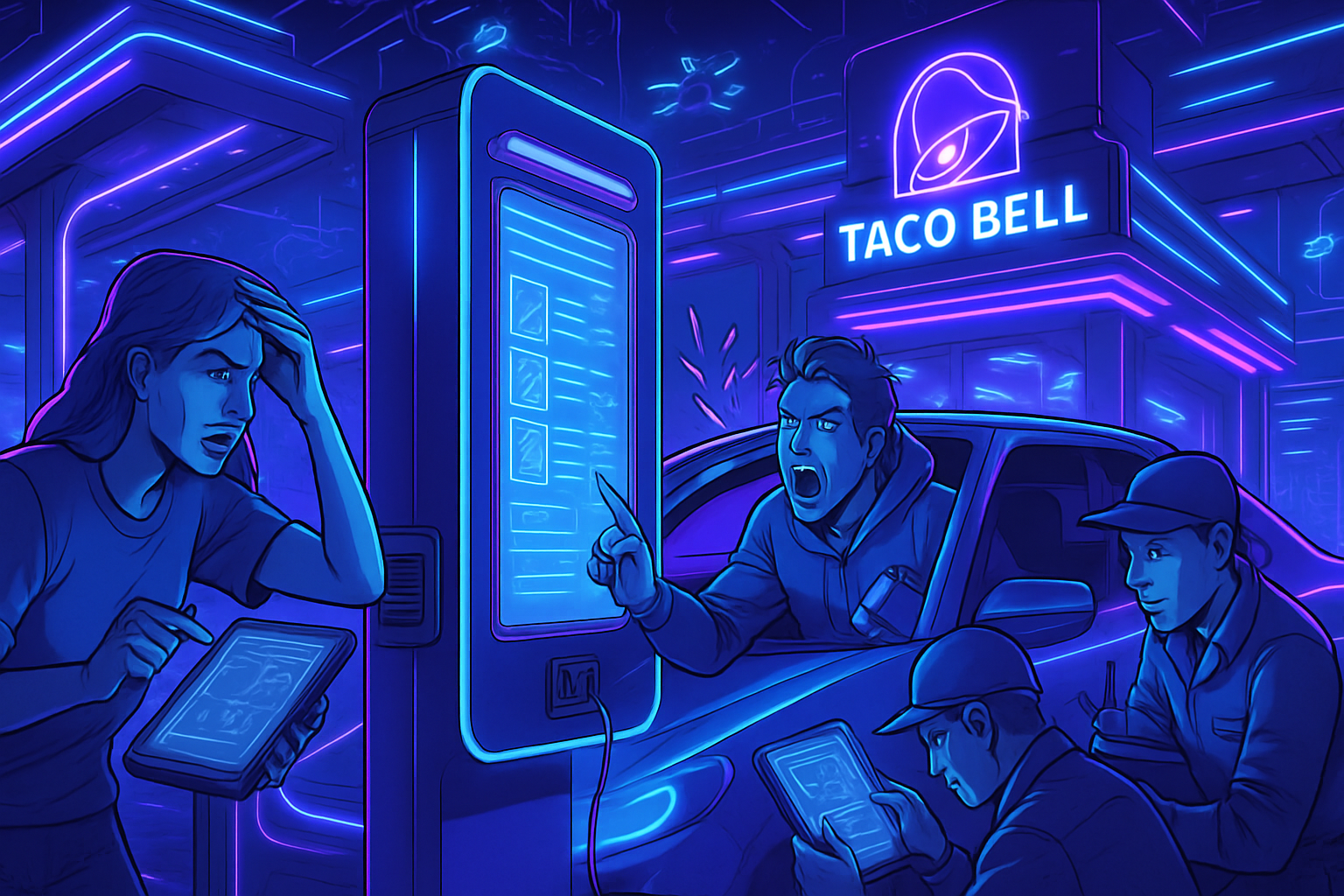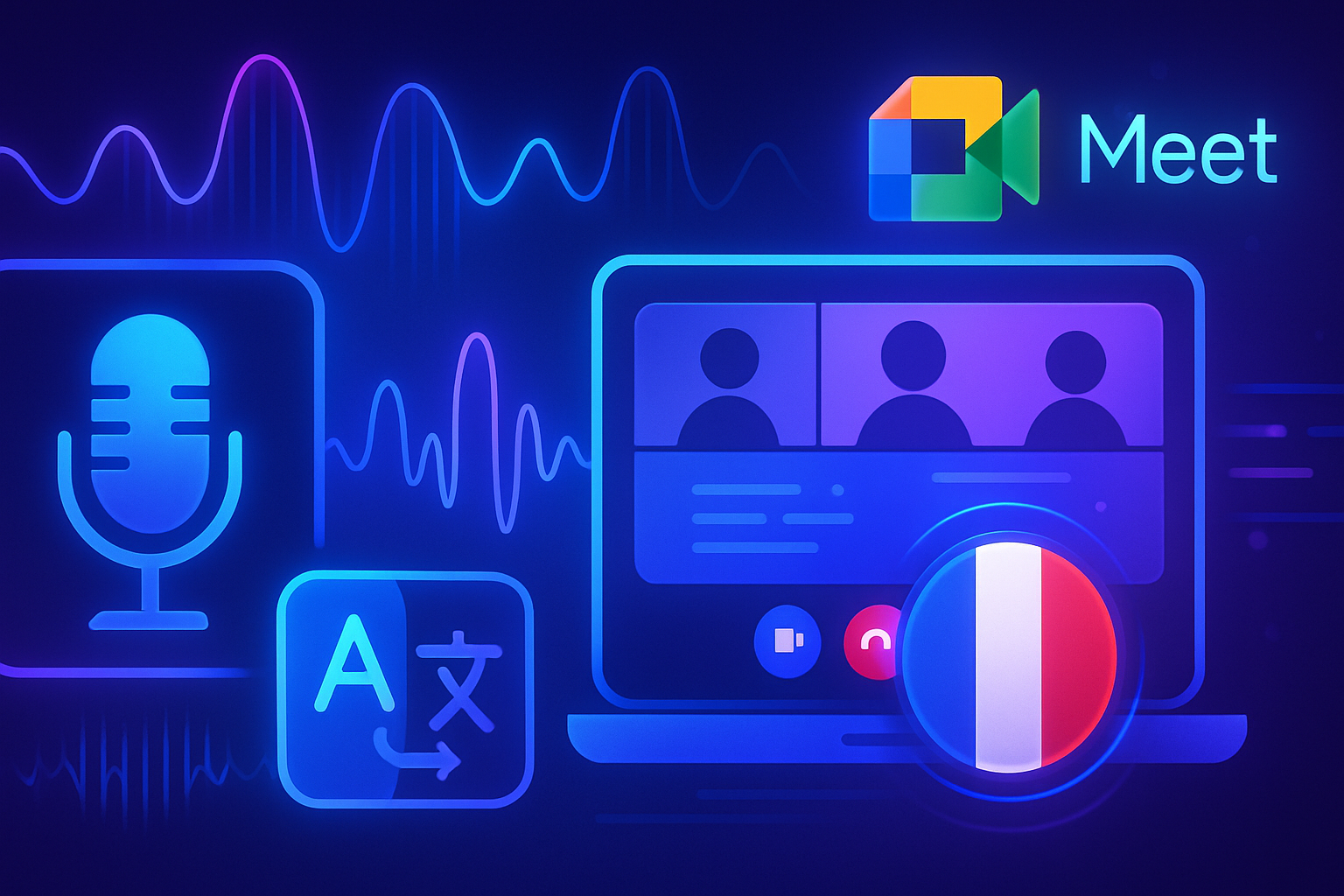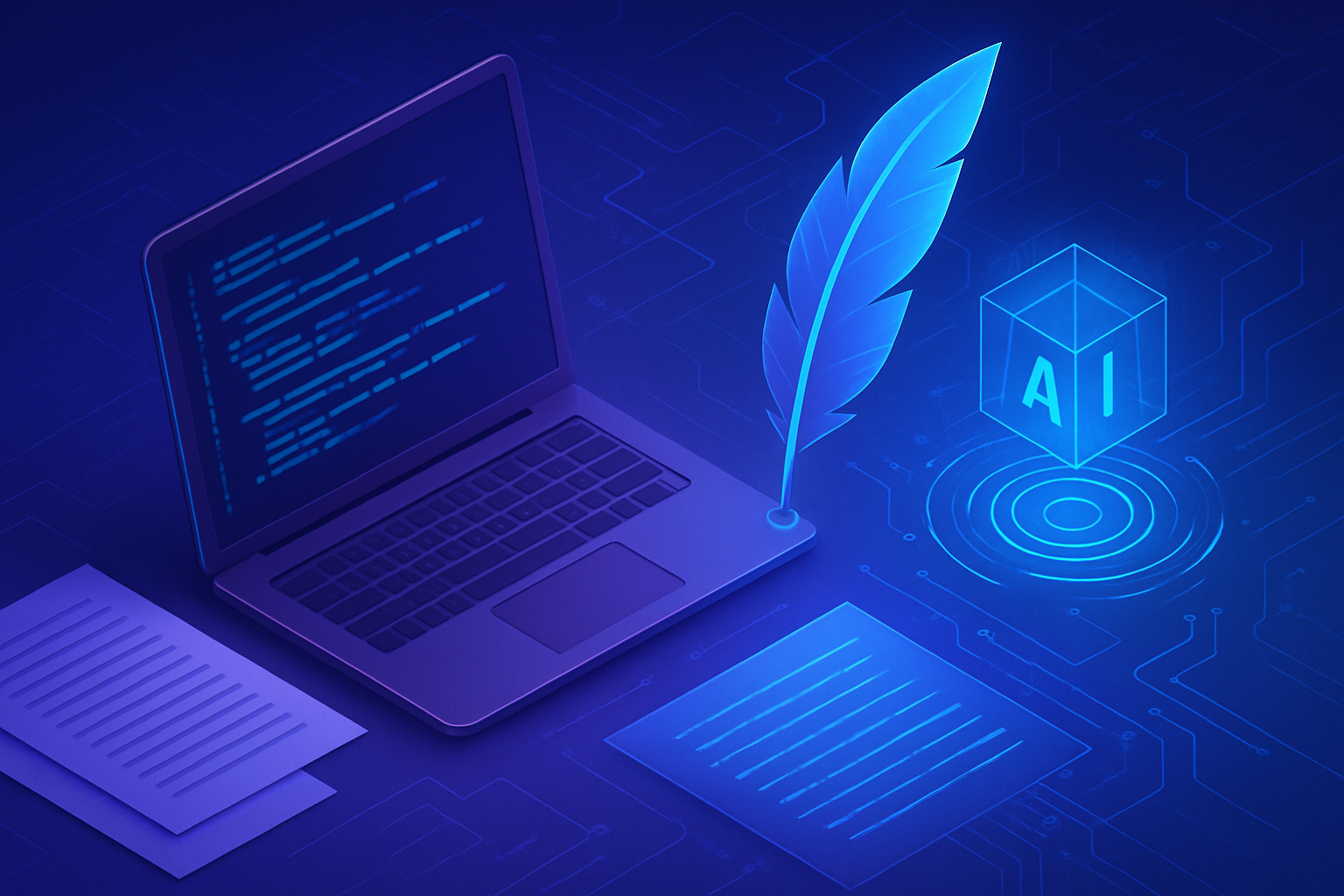Redefining cybersecurity with artificial intelligence means understanding a new era in the fight against digital threats. The agility of AI allows for proactive detection of anomalies, authenticating its role as a sentinel of computer systems. By analyzing countless data in real time, it reveals subtle patterns, transforming our ability to anticipate breaches. The fusion of human intelligence with algorithmic power marks a decisive advance for organizational resilience against cyberattacks. AI, a true vector of change, acts like a sixth sense, offering unmatched vigilance.
The transformational role of AI in cybersecurity
Cybersecurity is evolving, adopting innovative methodologies to prevent and detect threats. Artificial intelligence systems transform these traditional approaches, making proactive anomaly detection possible. These tools allow for the capture of abnormal behaviors before they turn into major incidents.
Anomaly detection
AI-powered systems stand out for their ability to analyze colossal volumes of data in real time. For example, AI quickly identifies unusual activities on networks, such as unauthorized access to files. By scrutinizing this data, AI acts as a sixth sense, alerting cybersecurity professionals to suspicious behaviors.
Creating defense strategies
Cybersecurity professionals must develop new skills to collaborate effectively with these advanced technologies. Understanding how AI works, its learning algorithms, and its limitations allows for better synergy between humans and machines. This alliance is crucial for designing robust security strategies.
Ethics and responsibility
The deployment of AI also raises ethical questions. The bias of algorithms, stemming from biased data, can lead to unfair outcomes. For example, a system may consistently label certain groups as suspicious due to prejudices embedded in the training data. This phenomenon calls for increased vigilance regarding the integrity of the data used.
The use of AI by cybercriminals
Cybercriminals exploit AI to design increasingly sophisticated attack vectors. Adaptive malware programs, capable of circumventing security measures, rely on AI technologies. These attackers employ technical expertise to develop unbreakable infiltration strategies, making early detection nearly impossible.
The need for regulation
The rise of threats associated with AI necessitates rigorous regulation. Organizations must ensure responsible data use while protecting users’ privacy. This legal framework must govern the training of AI systems, ensuring their transparency and neutrality.
Conclusion on technological advances
Advances in AI provide companies with unprecedented tools to secure their data. The successful integration of AI into security systems promises increased resilience against cyber threats. The impact of this technology will be fundamental in the years to come.
FAQ: The sixth sense of cybersecurity – How AI detects threats before they strike
What is artificial intelligence (AI) in the field of cybersecurity?
Artificial intelligence in cybersecurity refers to the use of algorithms and computer systems to detect, prevent, and respond to cyber threats proactively by analyzing real-time data and identifying anomalies.
How can AI detect threats before they occur?
Thanks to its ability to analyze huge volumes of data, AI can identify patterns and suspicious behaviors, allowing cybersecurity professionals to intervene before an incident occurs.
What types of attacks can AI help detect?
AI is particularly effective at detecting attacks such as phishing, ransomware, network intrusions, and other forms of targeted cybercrime by identifying unusual behavior patterns.
What skills should cybersecurity professionals develop to work with AI?
Professionals need to acquire skills in data analysis, understanding machine learning algorithms, and managing AI systems while developing a strong ethics for responsible use of technology.
What are the main challenges associated with using AI in cybersecurity?
Challenges include managing false positives, the need for transparency in AI system operations, and the risk of bias in data that could affect the effectiveness of the tools used.
How do cybercriminals use AI to bypass security systems?
Cybercriminals exploit AI to develop adaptive malware, create more credible phishing attacks, and conduct predictive analysis to target specific vulnerabilities in security systems.
What is the importance of proactive threat prevention by AI?
Proactive prevention reduces response times to threats and avoids potential damage, allowing security teams to act before a threat materializes.
What are the ethical risks associated with using AI in cybersecurity?
Ethical risks include biases in AI systems, lack of transparency in decisions made by AI, and the need to protect user privacy while collecting data to ensure effective security.
How does AI analyze data to detect anomalies?
AI uses machine learning techniques to sort and analyze data, identifying normal patterns and spotting deviations that may indicate a potential threat.
What is the future of AI in cybersecurity?
The future of AI in cybersecurity is promising, with ongoing developments in machine learning algorithms making security systems more effective and adaptive to emerging threats.






